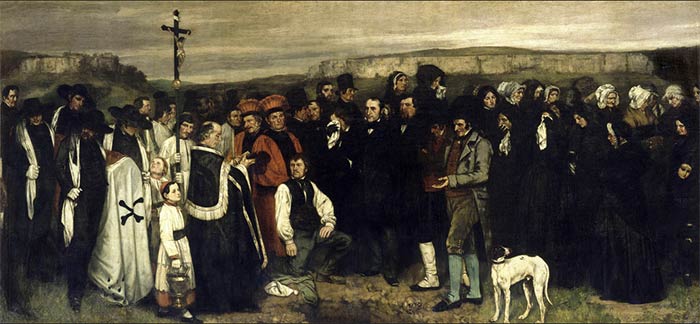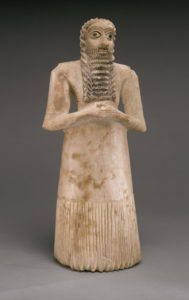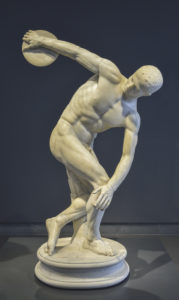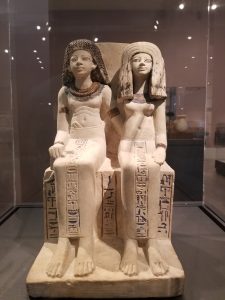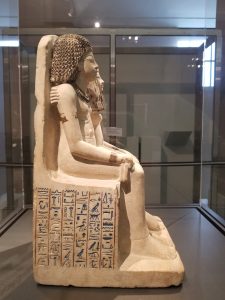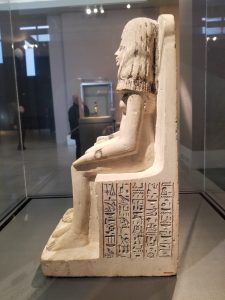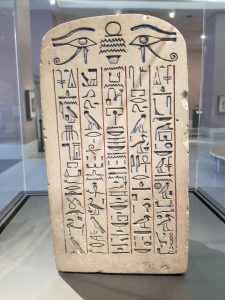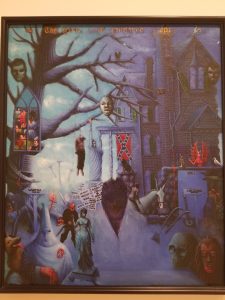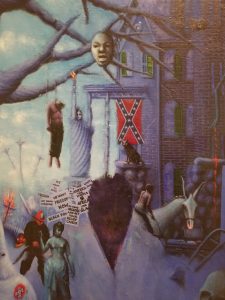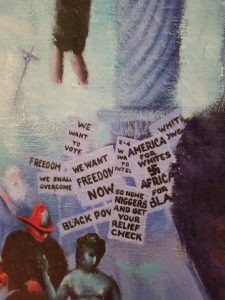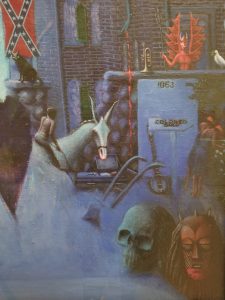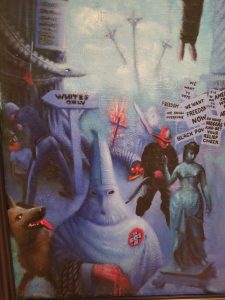Juan Jose Hernandez
Art 1010
Prof. Gwendolyn Shaw
December 11th, 2018
Final Project- The Evolution of Realism in Art History
In art history, artists have developed and evolved over time, always bringing new styles of art. Although art can be interpreted and defined in many ways, in this case art is the way artist express themselves and apply certain skills in painting or sculpting in other to create a work of art. However, the way art is made has evolved over time as new artists have incorporated their innovative ideas into their work. One new movement of art is the incorporation of realism in art projects. Realism was developed by Gustave Courbet (1819-1877) who was a famous artist recognized and criticized for challenging the way painting had been made. He suggested that “‘painting is and essentially concrete art and can only consist in the representation of real and existing things’” (Finocchio, Ross, 2004) This means that the old method of exaggerating dimensions of the human body and making those look unnatural did not make art realistic. In art history realism has influenced the way art is perceived by people evolving to a more natural and realistic art rather than exaggerated dimensions and unnatural work of art.
Over time art has influenced the culture of many civilisations and usually artist paint or do sculptures in other to represent a period, or event or simply to express and idea. The way art was made in the 1400s was different from modern art.
Below is a painting of The Dead Christ, by Andrea Mantegna c.1480-
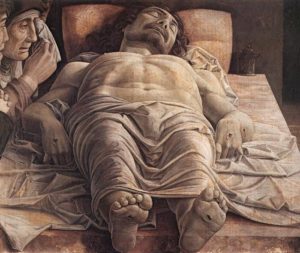
In the image above is illustrated Jesus Christ laying in a bed after he has been crucified on the cross. The wounds and wholes of his hands and feet are visible which and the portion of Jesus body is pulled down by gravity because all his muscles are stretched and loose. The rib-cage are also very stretched, however the body as a whole is very large and it seems unnatural. The feet are the first body part upfront and they look very small compared to the whole body of Jesus. Furthermore, the face of Virgin Mary and John illustrate agony as they mourn over the death of Jesus Christ. Virgin Mary is drying her tears but the proportions of her hands do not match how far her fingers can reach towards her eye because she has it covered. Although it seems as if it was very large. One more thing to be aware of is that the hands of John are very small as he holds them together into prayer. This painting is unrealistic and unnatural, although the event is very religious and accurate, Jesus is painted to be larger than Virgin Mary and John.
In the 1500s painting was being introduced with better and more realistic dimensions but artists were not quite there yet.
Below is an image of Plato, Aristotle and other ancient philosophers and mathematicians depicted in Raphael’s School of Athens painted by fresco in 1509-1511-

In this painting the period of the renaissance is being represented by the accommodation of various philosophers throughout the painting. In the 1500s there was a rebirth in the interest for Roman and Greek culture because humans were thought to be the center of the universe during the introduction of Humanism during the Renaissance. The concept is represented by the many philosophers and great thinkers coming together having papers (from the very first printing press invented by gutenberg) and showing exchange of ideas through conversations and thinking postures. However the painting is unnatural because was impossible for all ancient philosophers and mathematicians to come together before an artist to paint them. The thing to notice however is that landscape was being added to the methods of doing art. There is depth in the structure because the artist included clouds that can be seen through the windows. Furthermore, there is also a mirror’s reflection of the structure seen from the point of view of the men painted. Realism is intended here but not achieved.
Realism was finally introduced in the late 1840s after the French revolution, where the french population wanted democracy and later on artists drew their focus on everyday-life of men and woman of the working class. Here art became more realistic and natural. Natural things that everyday people do such as harvesting, or brushing hair, or having lunch at the park are some examples.
Below is a painting of The Gleaners (1857) by Jean Francois-Millet-

In the image above, three women are collecting the leftovers of the harvest, it required “hours of hunched-over labor would often be rewarded with a small amount of meal” (TheArtStory.org). This form of work was the lowest in the french society for peasant women. But he image is not altered. The artist saw a scene and decided to paint it. The body dimensions of the women are accurate and the landscape is also natural. The horse is well painted to a small size which makes it look far away. The colors of the painting make it look as late afternoon. Furthermore the trees and cattle are also well represented.
In all three images, changing from time to time, the artists have incorporated events in history in general. Artists began to focus on everyday life and working class people which gave art a natural aspect. The incorporation of realism is very important in art today. Art is defined in many ways by many individuals, but in order to express a natural event then realism must be used. Art might continue to evolve, and it should be exiting.



